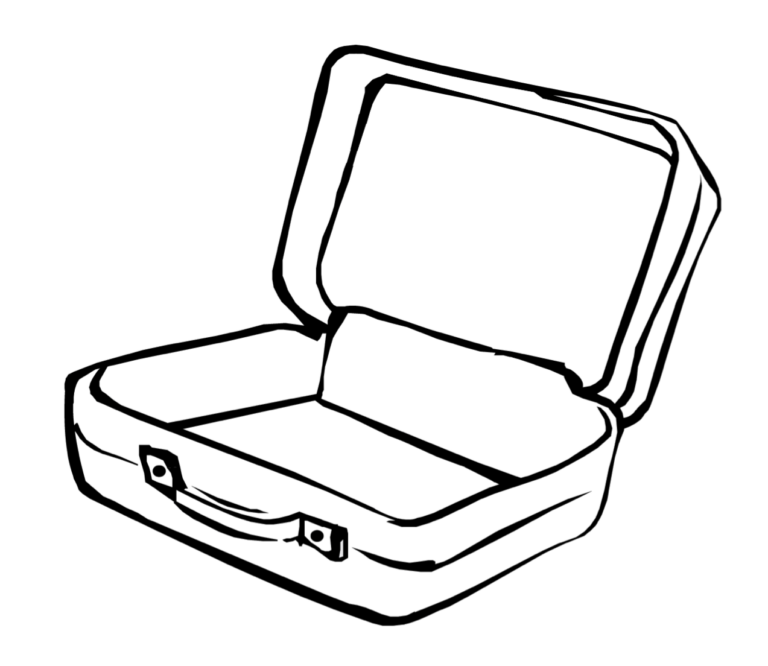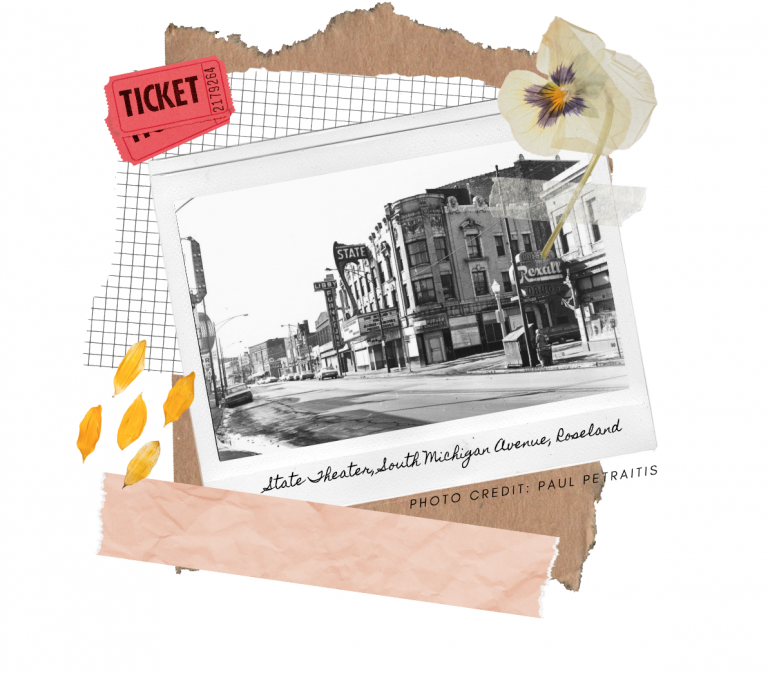The Prompt
The Invisible Suitcase activity was created by Jennifer Wilgocki, MS, LCSW and Jim Van Den Brandt, LCSW, ACSW. This activity was created for children and families interacting with the family regulation system (child removal services), specifically children entering into foster care. Children and families who are involved in the family regulation system are often dealing with:
- Complex trauma
- Child abuse (emotional, physical, sexual)
- Child neglect (education, medical, physical, and unsafe housing)
- Domestic violence
- Substance use
- Parental alienation
- The American Psychological Society defines parental alienation as a form of emotional child abuse where a custodial parent belittles or vilifies the other parent to the child.
- Incarcerated parent(s) or guardian(s)
- Lack of financial support (employment, affordable housing, etc.)
Children are often sent to new homes with few to no belongings, are frequently impacted by the carceral system, and have experienced complex trauma (such as abuse and neglect). When the children arrive at their new homes, they carry their belongings as well as an invisible suitcase filled with stories, beliefs, experiences, and feelings of abandonment, worthlessness, grief, and loss.
Communities impacted by mass incarceration and the carceral state often experience a lack of resources, such as a lack of opportunities within the community and little to no access to mental health services and medical services. This lack of access can lead to diminished quality of life and mental health challenges like depression, anxiety, poor self-image, lack of boundaries, and hopelessness.
Just like children, adults, families, communities, artists, organizers, and others are impacted by the carceral state. We are all carrying an invisible suitcase — some carry more than others — filled with stories, beliefs, experiences, and perceptions.
Take some time to think about what might be in your invisible suitcase. How have you been impacted by living within the carceral state? How has your community been impacted by mass incarceration or a lack of resources or mental health services? Do you have a loved one who is currently incarcerated? Have you been incarcerated? Does a person’s social location (gender, race, class, age, ability, religion, sexuality, and geographical orientation) impact what’s in their suitcase?
Have these stories and experiences helped you to survive or thrive? Are there items (beliefs, experiences, stories, reflections, etc.) in your suitcase that you were unaware of? When and how did you notice them?

Use this image to complete your Invisible Suitcase. Download below.
STEP 1:
What goes into your suitcase? Is it text, images, or some combination of both? Use the suitcase illustration available for download to create your invisible suitcase. Use the art supplies you have on hand to draw, write, and collage the contents of your invisible suitcase — the experiences, relationships, and _____ you carry with you.
If the space isn’t large enough, or if you would like to create multiple suitcases, feel free to do so.
STEP 2:
When you’ve finished filling your suitcase, take a moment to look over your work. What memories and emotions come up for you when you see what’s inside your suitcase? How can the suitcase help with processing the stories and experiences that you have been carrying with you? Are the stories or experiences in your suitcase yours, or are you sharing someone else’s story? How have you been impacted by ongoing systemic injustices such as mass incarceration, family separation, or a lack of resources?
When completing the exercise, make sure to be kind to yourself (self-compassionate). Thinking about our life journeys can be triggering: we make mistakes, we all fall short of goals, and oftentimes life can take a turn in a very unexpected direction.
As Dr. Kristin Neff writes, “Self-compassion involves acting the same way towards yourself when you are having a difficult time, fail, or notice something you don’t like about yourself. Instead of just ignoring your pain with a ‘stiff upper lip’ mentality, you stop to tell yourself, ‘this is really difficult right now, how can I comfort and care for myself in this moment?'”
Four key steps to building self-compassion:
- Awareness – How are you feeling in this moment? Are you excited, overwhelmed, lost, confused, vulnerable, or down to try something? There is no right or wrong way to feel. All of your feelings are valid, necessary, and deserve to be honored in this moment.
- Normalize – Again, your feelings, worries, hesitation, and fears are all valued and welcome. You do not need to be perfect and you most certainly do not need to have all the answers. When you are aware of what you are feeling you can help normalize and validate your experiences.
- Building Kindness – If a friend forgets to call you back, nine times out of ten you let them know it was no big deal or tell them don’t sweat it, things happen. Building kindness and empathy towards ourselves requires us to extend grace to ourselves in the same way that we can for others. Acknowledge (awareness) the feelings, normalize your experiences, and extend grace to yourself.
- Alleviate – Building awareness, normalizing our experiences, being kind to ourselves (extending grace) can alleviate anxiety and decrease negative self-talk, which can lead to depression.
Make sure to breathe, take your time, and be gentle with yourself — you’re doing great!
STEP 3:
After completing the exercise, give your artwork a title and take a picture or scan an image of your suitcase. Share your work using the submission form below.
Respond to Naimah's Prompt
Questions? Visit our FAQ page. By submitting your response to this prompt you agree to the Terms & Conditions.
"*" indicates required fields
Invisible Suitcase
Zerline
Envisioning Justice


 242
242